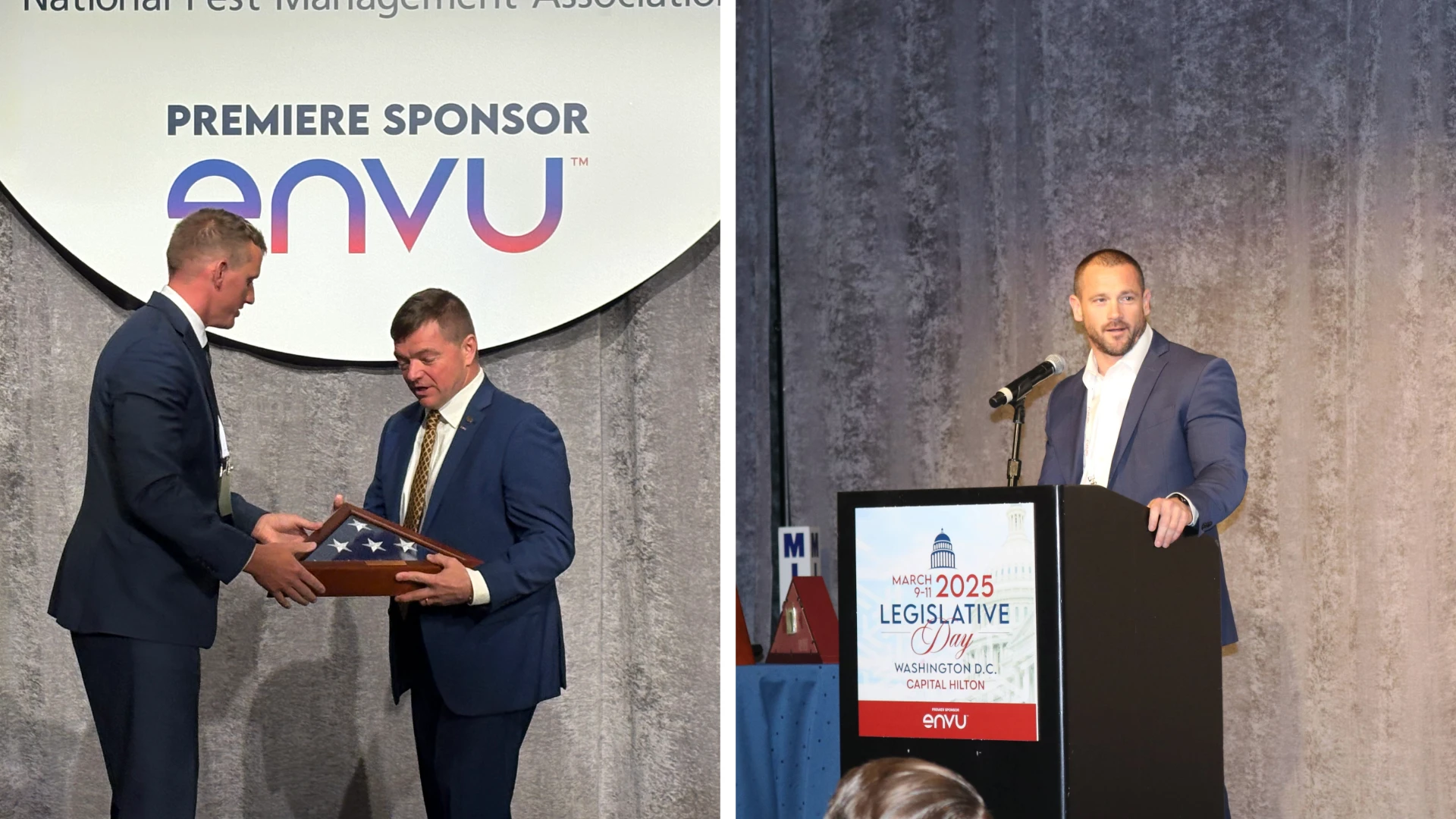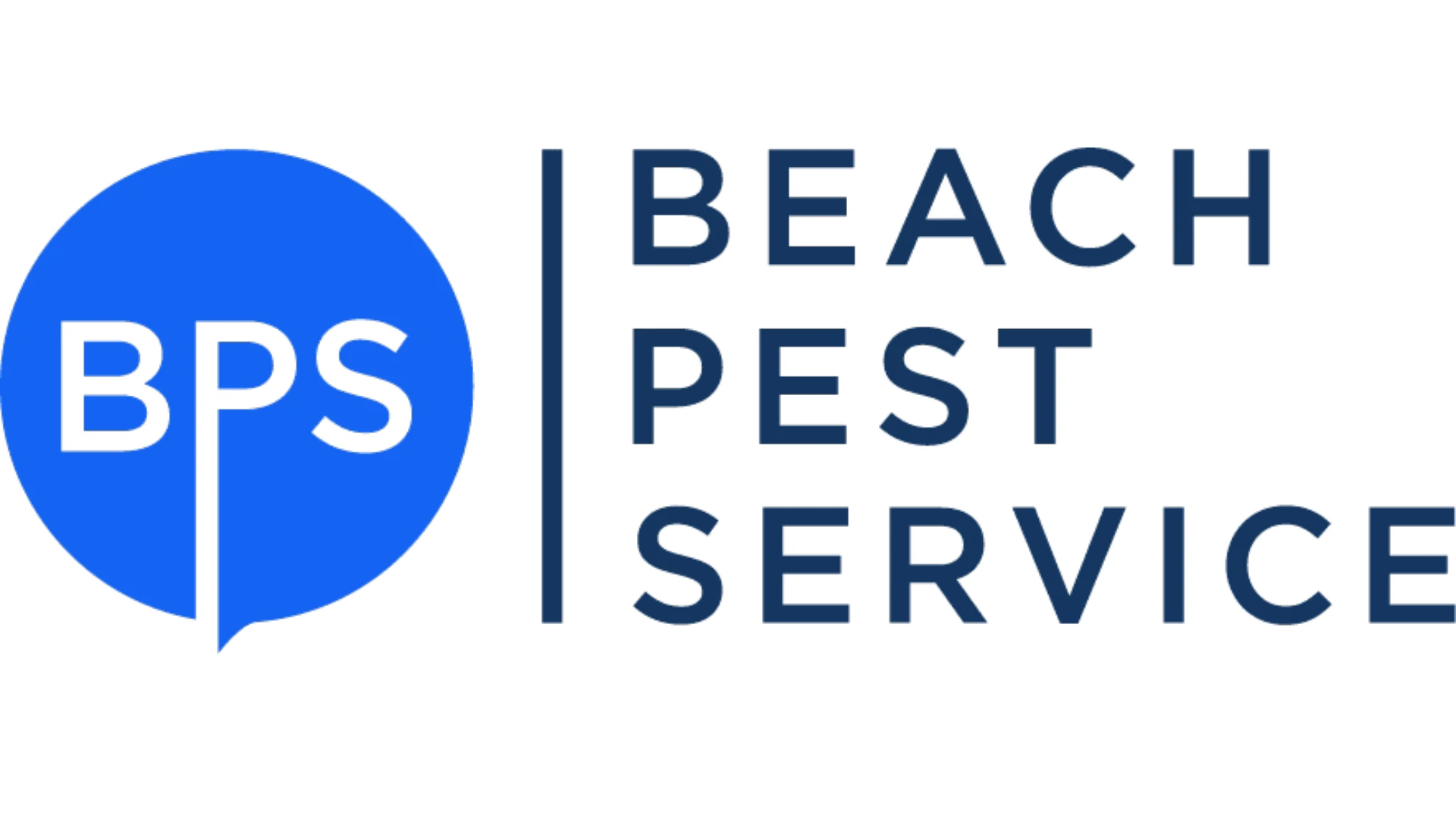H aving just returned from the NPMA Convention and attending three sessions on termites and baiting, I can honestly say I am no more knowledgeable about termite management than I was before I went. The panels of experts I heard offered nothing new regarding termite biology, behavior or management. I have serious concerns when well-respected researchers make broad and unqualified recommendations, such as:
• “I would not use baits as a stand alone strategy to treat my home.”
• “I would only recommend a combination liquid and bait program.”
• “Fipronil may be the ultimate termite weapon.”
BRINGING IT ALL TOGETHER. This type of rhetoric should be qualified according to the geographic area of the study, investigative techniques and other factors affecting the outcome. Furthermore, comments should not be generalized about other areas of the country. Taking these researchers’ comments literally and incorporating other research I have read, I have developed what I call “the ultimate termite pest management strategy” for post-construction infestations:
1. To knock out above-ground infestations within the structure, use bait stations.
2. To kill termites around the structure, apply a non-repellent termiticide. To the maximum extent possible, trench and rod to a depth of at least 4 feet using the maximum label rate and space the rod holes no more than 9 to 12 inches apart. According to some reports, spot treatment may be acceptable. Research on the newest non-repellent termiticide indicates it may kill termites hundreds of feet away from the treated zone, e.g., around a whole cluster of homes. This would not be good for business.
3. To monitor the success of the first two strategies, install monitoring/bait stations around the perimeter of the structure. Service as needed, preferably quarterly and then only those stations that have hits.
4. To keep termites exposed to the non-repellent termiticide in step two from affecting colony members outside the treated property, apply a repellent termiticide around the entire perimeter of the property (not the structure). Trench and rod to at least 4 feet using the maximum label rate. Spot treatments are not recommended because exposed termites might shoot the gap and kill business on the adjacent property.
MORE QUESTIONS. I have a great deal of respect for the research community, however, I would like to see termite research focus on applied research and not laboratory and field research, which, for the most part, has concentrated on esoteric issues. There are many unanswered questions that would be of value in formulating strategies, like:
• How do soil organisms, pH, moisture, etc., affect the performance of repellent and non-repellent termiticides and baits?
• What combinations of treatments work best (e.g., baits and non-repellent termiticides, baits and repellent termiticides, wood treatment in combination with the previous combinations)?
• What conditions are necessary for above-ground survival and reproduction of termites?
• What are the most effective detection techniques and how can they best be used to for treatment effectiveness?
• How can our industry use the information collected from these studies to develop a systems approach to termite management?
CONCLUSION. While termite research has significantly improved our understanding of termite biology and behavior and provided new techniques and materials, it has failed to provide definitive information on the systems approach to termite infestations. We need to use local research to the maximum extent possible in formulating termite management strategies, we need to communicate to each other what works and what doesn’t, and we need to what works best for us, our customers and in our geographic area.
• Does stand-alone termite baiting work? Yes!
• Do repellent termiticides work? Yes!
• Do non-repellent termiticides work? Yes!
• Do combination liquid treatment and baiting work? Yes!
I firmly believe that our industry has a lot of effective termite management tools that work and the determining factor in the success of a termite management strategy is how the tools are used.
The author is technical director of American Pest Management, Takoma Park, Md. He can be reached at rkramer@pctonline.com.

Explore the December 2001 Issue
Check out more from this issue and find your next story to read.
Latest from Pest Control Technology
- Understanding Rodents and Bird Flu
- Green Pest Solutions Awards Safest Driver New 2025 Ford F150
- UF/IFAS Sheds Light on Tiny Invaders During Termite Awareness Week
- Registration Open for Lawn & Landscape Technology Conference
- Fleetio Launches Automotive Service Excellence Scholarship
- WorkWave Appoints John Phelan as CTO
- PMPs Use Capitol Hill Visits to Push for Preemption
- 20 Trapping Tips





